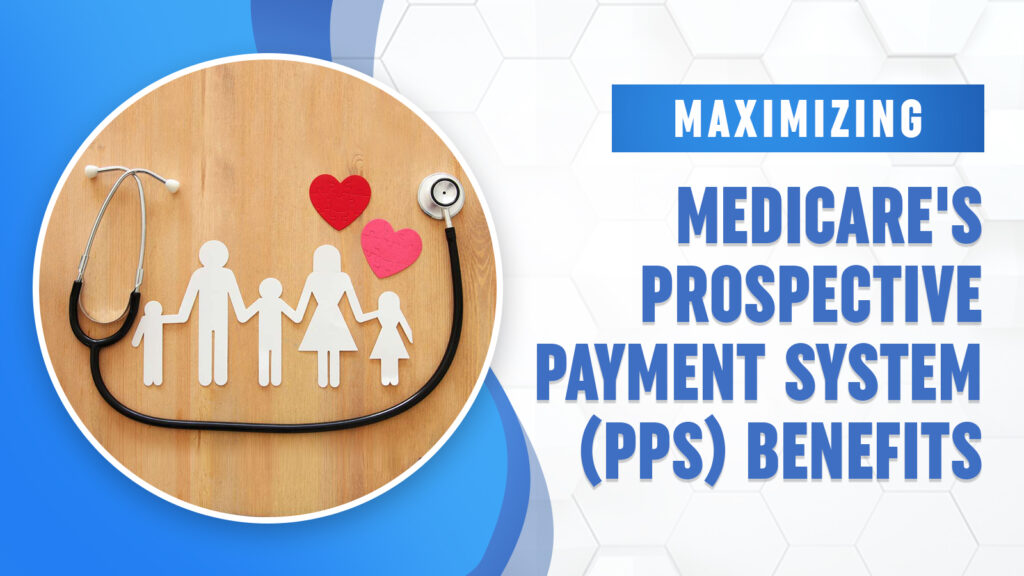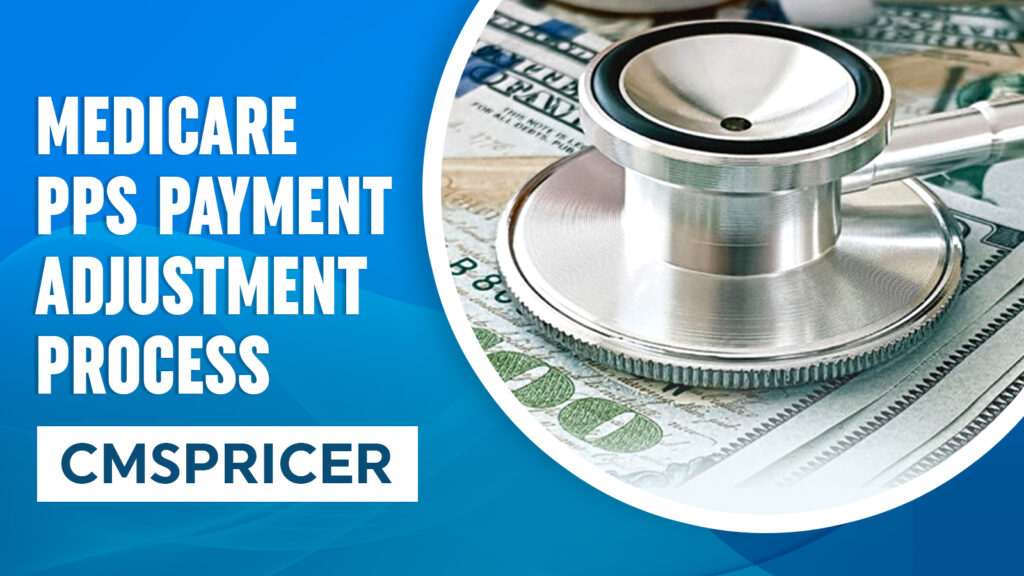How to Take Advantage of Medicare’s Prospective Payment System (PPS)
A prospective payment system (PPS) is an important policy tool at a time when healthcare costs are rising alarmingly. In relation to the government’s effort to expand health coverage, PPS has gained traction using a methodology that shapes providers’ incentives.

What is PPS and How Does it Work?
Through the Prospective Payment System, patient care is delivered efficiently, effectively, and without over-utilizing services. Healthcare facilities should provide patients with the services they need. Because of this, providers are motivated to develop management patterns that facilitate diagnosis and treatment.
Unlike a fee-for-service payment system, Medicare reimburses providers using a fixed amount instead of a predetermined amount that adds unnecessary treatment sessions. The PPS method determines the payment amount for a particular service based on its classification system. As an example, let’s take care of hospital inpatients based on their diagnoses.
PPSs are used by CMS to reimburse home health agencies, acute inpatient hospitals, outpatient hospitals, rehab centers, psychiatric hospitals, and skilled nursing facilities. PPS details can be found on the CMS website.
Benefits of Prospective Payments?
The PPS method offers other advantages besides code-based reimbursement. By creating incentives for more accurate billing and coding, it contributes to network development, medical management, and contracting.
PPS provides Medicare with a single payment regardless of how many tests and procedures were performed during a hospital admission, unlike the previous per diem system.
There are Several Advantages to the Medicare PPS, Including:
- Payments can be made in three ways: per diem, per stay, and per episode of 60 days.
- Payment amounts are determined by the assessment classification of each patient
- Facilities that provide inpatient care are subject to PPS
- Ensures that drugs and diagnostic tests are not used in an unnecessary and expensive way
There are some exclusions, exemptions, and adjustments to the PPS that apply to all hospitals participating in Medicare. Details can be found on the CMS website. Payments under PPS are based on multiple factors, including location and diagnosis, unlike fee-for-service plans that reward providers based on their volume of care provided. DRGs, hospices, and inpatient psychiatric facilities are among the PPSs utilized by CMS for inpatient hospital services.

PPS Payment Adjustment Process: What is It?
To adjust PPS payments, areas are adjusted, disproportionate shares are adjusted, DRG weights are adjusted, outliers in cost are adjusted, geographic variations in wages are adjusted, etc. By utilizing technology, healthcare providers are striving to optimize value-based care standards in order to improve productivity, emphasize value over volume, and provide incentives for quality care.
Using CMSPricer’s prospective payment system, its users have been able to accomplish their goals through a SaaS-based Medicare and Medicaid Self Service Solution for repricing.
